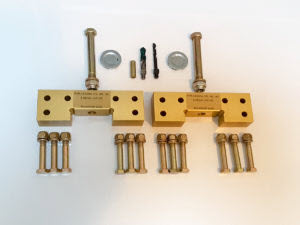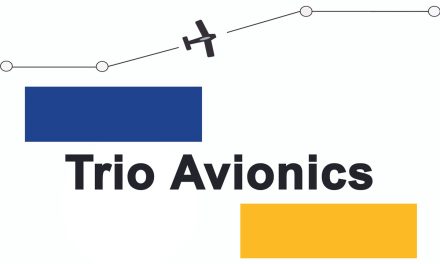The FAA is issuing a new carry through spar AD similar to AD 2020-03-16 published earlier, that applied only to the 1967 through 1978 210 series. The effective date will be March 20, 2023. The main difference from the first AD is that compliance time for the new AD 2023-02-17 is 12 months or 200 flight hours, whichever comes first. This extra time will be very helpful with planning for everyone, especially at the busier shops.
If your 210 or 177 has previously complied with all aspects of the related Textron service bulletins applicable to your model, you get credit for that compliance per paragraph (I). Be sure that the bulletin was COMPLETELY complied with, including the reporting requirements, and properly documented as such in your maintenance records. The service bulletins referenced in the AD are SEL-57-08 Rev (X), SEL-57-09 Rev (X), SEL-57-06 Rev (X) and SEL-57-07 as applicable to your specific aircraft.
We frequently see the N and R model aircraft that have only complied with the visual inspection and often the eddy current, but fail to comply with the final priming and application of Corrosion Inhibiting Compound. To get credit for the AD, all of the SB steps called out in the AD must be completed.
Of special note is that the AD has a reporting requirement in paragraph (k). Full compliance with the SB included reporting requirements, but only required to send to Textron. If asking for credit for previous SB compliance, you’ll have to send in the inspection report to the FAA as called for in paragraph (k). Note that this report must be sent in within 30 days of the inspection or 30 days from the effective date of the AD. This may be a silly detail but one would presume that you complied with the SB longer than 30 days ago so the reporting would be required within 30 days of the effective date of the AD which is March 20, 2023.
It appears that most of the N and R models that reported damage when complying with the SB were not corrosion related but some type of mechanical damage. The two N model carry throughs that we replaced were a result of upholstery screws being installed to mount the plastic overhead panel. The screws were either too long, of the wrong type, or the spar pad had been removed allowing the ends of the screws to contact the spar. The resulting damage exceeded the allowances and one of the spars had to be removed from service. In my conversations with the Wichita ACO, our experience was confirmed as common on the SB reports.
Paragraph (n) of the AD provides information to request an Alternate Method of Compliance (AMOC). In this specific AD situation, Textron Aviation has the authority to create an AMOC. Some aircraft complied with the SB and discovered the blending required exceeded the limits of the SB. In some of those cases Textron engineering found the remaining thickness of the spar flange in that area was sufficient for the spar to remain in service. They then provided a Repair Definition which became approved data for the mechanic to use to return the spar to service.
For those aircraft, an AMOC will be required. This should be as simple as contacting Textron engineering with the Repair Definition reference number and request they use it to create an AMOC for the AD on that specific aircraft.
Finally, paragraph (m) spells out the possibilities for obtaining a Special Flight Permit (ferry flight). The nuance is that if your inspection exposed any problem with the spar that renders the aircraft unairworthy, you won’t likely be able to get a ferry permit to relocate to a facility that can replace the spar. If you have any concern about your spar’s ability to pass the inspection, you may want to consider having the inspection performed at a shop that can also replace the spar should it be needed.
The AD can be found HERE or Download the PDF of the AD here.




